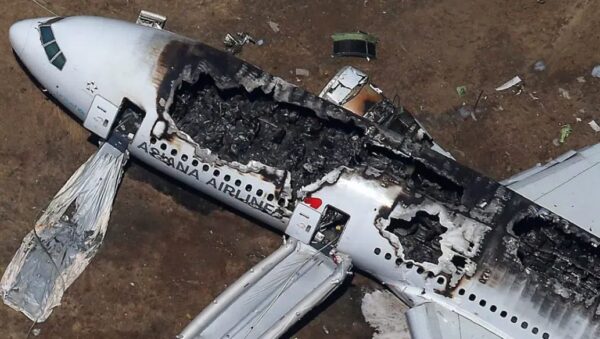29 Views

So, where is the safest seat on a plane?
Rear of the plane
- Rear seats: 69% survival rate
- Middle (wing area): 56% survival rate
- Front (first class/business): 49% survival rate
Middle seats over aisles
Over the wings or centre section
Exit rows
What to do in a plane crash
- Wear your seatbelt at tll Times – Staying buckled during turbulence and landing can prevent serious injury or ejection.
- Know the safety briefing – Cary Grant, an assistant professor at Embry-Riddle Aeronautical University, emphasises paying attention to the pre-flight safety video or demonstration.
- Count your rows to the exit – In smoky conditions, visibility is poor. Know how many rows you are from the nearest exit so you can find your way by touch if needed.
- Use the brace position – Place your head between your knees and hug your legs. This helps protect your head, neck, and spine during impact.
- Avoid open-toed shoes – Wear closed-toe shoes to avoid injury from debris and to move quickly during evacuation.
- Stay calm, move fast – Panic slows people down. Having a plan and staying alert during takeoff and landing, the most accident-prone phases, can save lives.